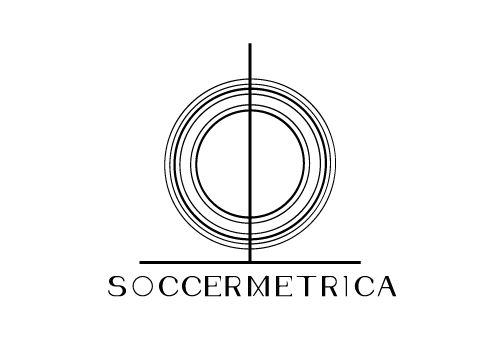After a breakout season in 2013-14, Liverpool attacking midfielder Raheem Sterling has continued where he left off notching 2 goals and an assist in Liverpool's opening three fixtures. What was so impressive about his performances last season was that at just 18-19 years old he proved to already be more than just a raw pacey and athletic player. He certainly exhibited pace in abundance but combined that with a promising composure on the ball, an ability to play a final ball and an adaptability to take on different roles in Brendan Rodger's use of different formations. He was the only bright spot in England's short World Cup campaign this summer and was England's best player in their tepid 1-0 win over Norway Wednesday. With Wayne Rooney still looking off the pace, it probably wouldn't be much of a stretch to say that along with Liverpool teammate Daniel Sturridge he is.
What's impressed me so much about Sturridge since he hit a fantastic run of form last December that has continued to now is how complete a player he looks. He's far from a slightly built fast player that stays in the channels, sprints past defenders to the endline and plays balls into the box, although he's certainly capable of strong wing play. Despite being just 5'7" he has deceptive strength which has allowed him to play centrally at the top of a midfield diamond when Rodger's has gone with a diamond 4-4-2 without being bullied out of games by more physically imposing holding midfielders and center backs. Since the start of last season he gets dispossessed 2.0 times per game, an impressively low number for a player that runs at defenders as much as Sterling. By comparison Sturridge is dispossessed 3.3 times per game, Arsenal's Aaron Ramsey is dispossessed 2.3 times per game. The arrival of Mario Balotelli means Liverpool have two strikers that will expect to play each week so the diamond 4-4-2 should be a formation we see plenty of from Liverpool. They played it in last Sunday in Balotelli's debut in a 3-0 win over Tottenham with Sterling in a central role. He scored the opener but equally impressive was his willingness to compete in crowded central areas.
Sterling also possesses decent vision and passing range in the final third. He's played 2.3 key passes per game this season which puts him in the top 20 in the Premier League. His 5 assists last season was an impressive tally and one he'll expect to better this campaign. He showed his full range of passing in the Norway, twice setting up Sturridge with good goal scoring opportunities. The first of those opportunities came from a clever perfectly weighted backheel in the penalty area (0:34 below), the second from a perfectly weighted diagonal ball over the top that Sturridge tipped over the bar (0:49).
He often has the poise in front of goal of a good striker (his bizarre baby strike that led to his manager's "he was in the box like Ricky Villa and finished it like Ricky Gervais" comment aside) best illustrated by his outrageously patient opener against Manchester City last season in which he twice simultaneously takes Vincent Kompany and Joe Hart the wrong direction to slot in comfortably. The finish is all the more impressive considering it came in Liverpool's biggest match since Istanbul and, again, this from a player that is not yet 20.
His ability to beat defenders is the area of his game that receives the most attention and for good reason. He's a nightmare for defenders when games open up and Liverpool are allowed space to play quickly on the break. His 3 successful dribbles per game this season is second only to Eden Hazard. However, his movement off the ball is also noteworthy. He times his runs well and gets himself into dangerous goal scoring positions in the box.
The one area of his game that needs the most improvement is the consistency of his passing. His 80% pass success rate from last season to the start of this campaign is hardly poor for an attacking midfielder, particularly because Liverpool often played a very quick, vertical passing game that doesn't call for possession for possession's sake. However, he is a bit too loose with his passing at times and doesn't always select the right pass. When inferior opponents defend deeper and force Liverpool to patiently unlock them, it'll be important he's just a bit tidier in possession.
It will be important for Liverpool's success that Rodgers uses Sterling wisely. At 19 he's likely to feel some fatigue after his first season of weekly involvement in the first team and a summer without a break. With Liverpool also competing in Europe Rodgers will need to find games to get him some rest to get the best out of him. Last season we saw a decline in the form of Chelsea's Oscar after a tremendous debut 2012-2013 season due largely to fatigue attributable to the number of games he accumulated over the previous season and two previous summers with Brazil. As tempting as it is to select someone as gifted as Sterling every match, he'll need recovery time to avoid a similar second season decline. However, if managed well all signs are that he should have a bright future ahead.









